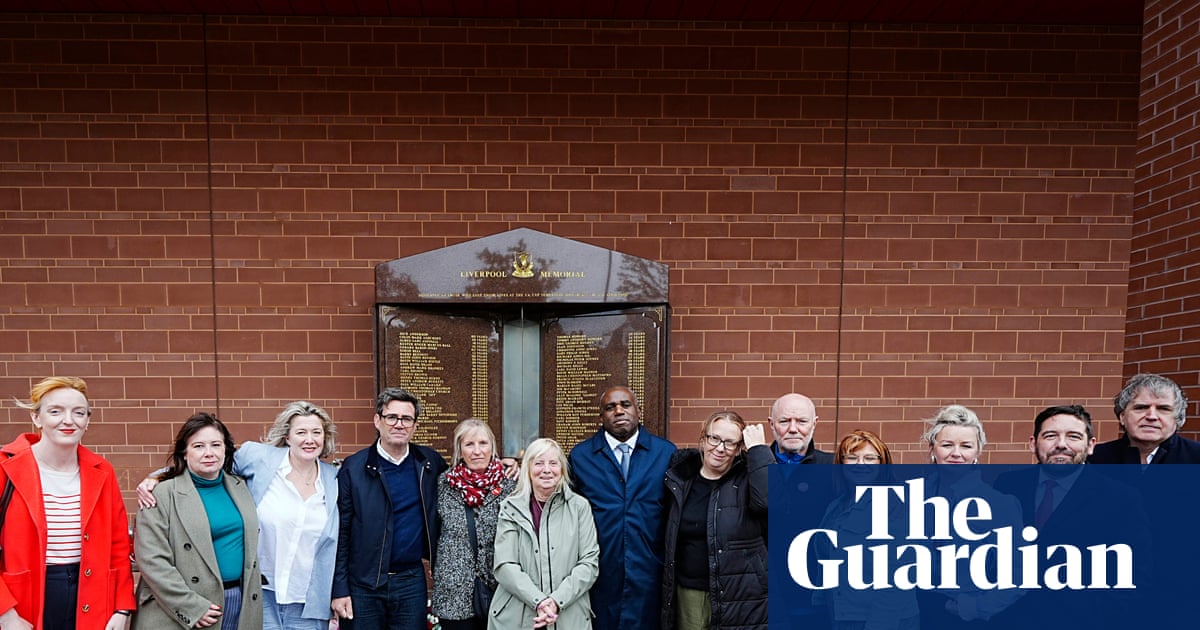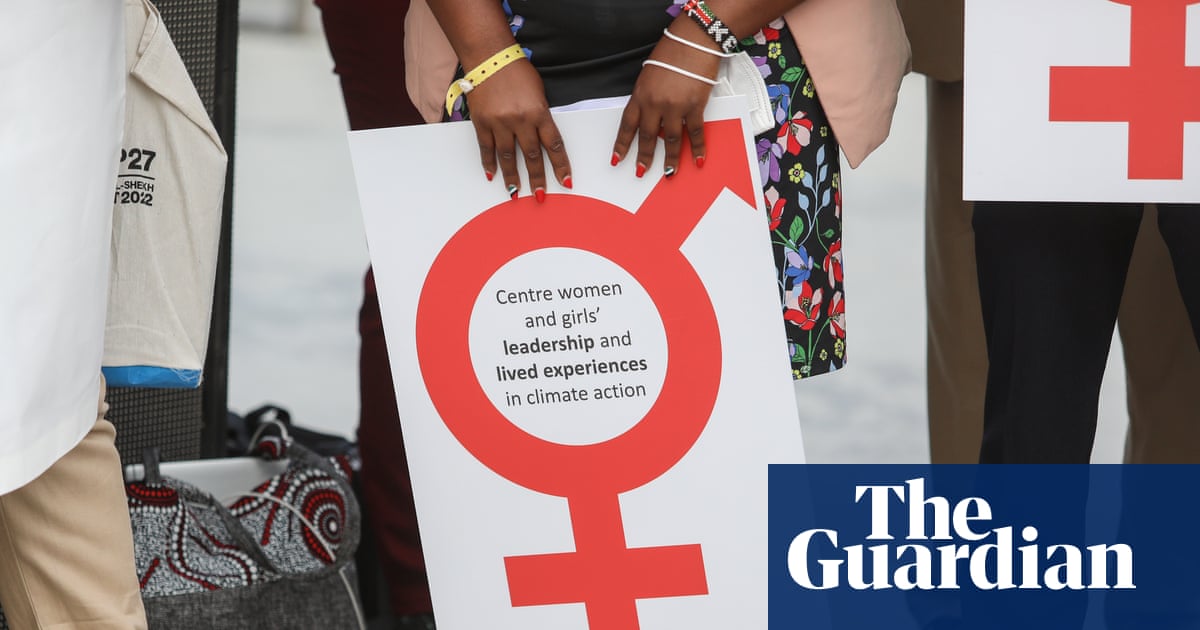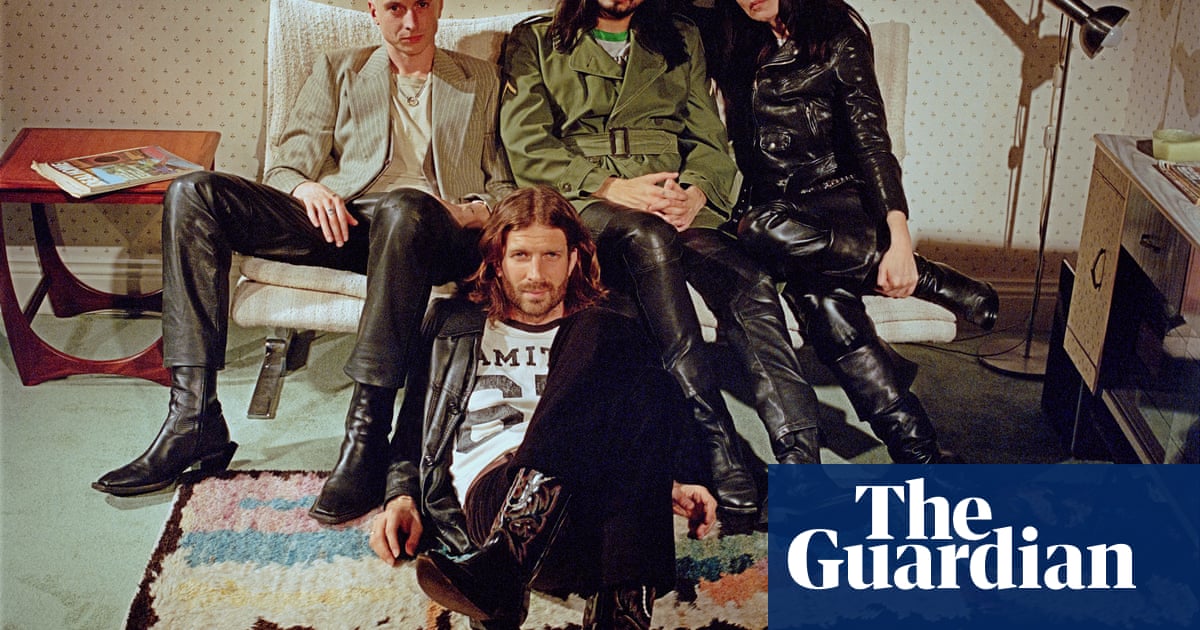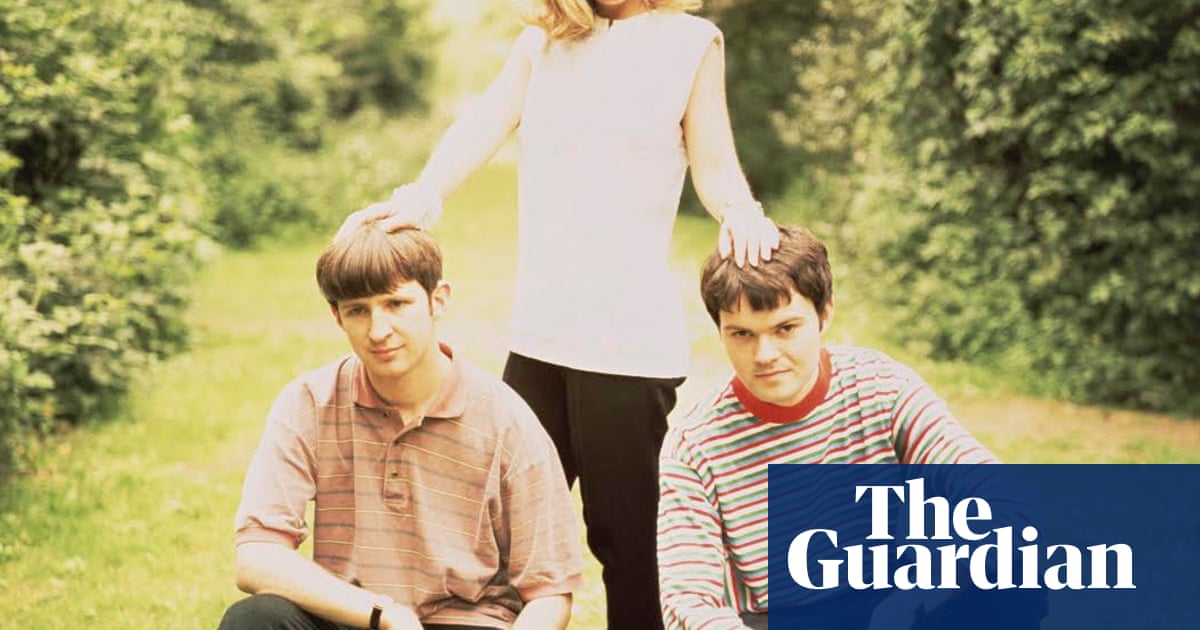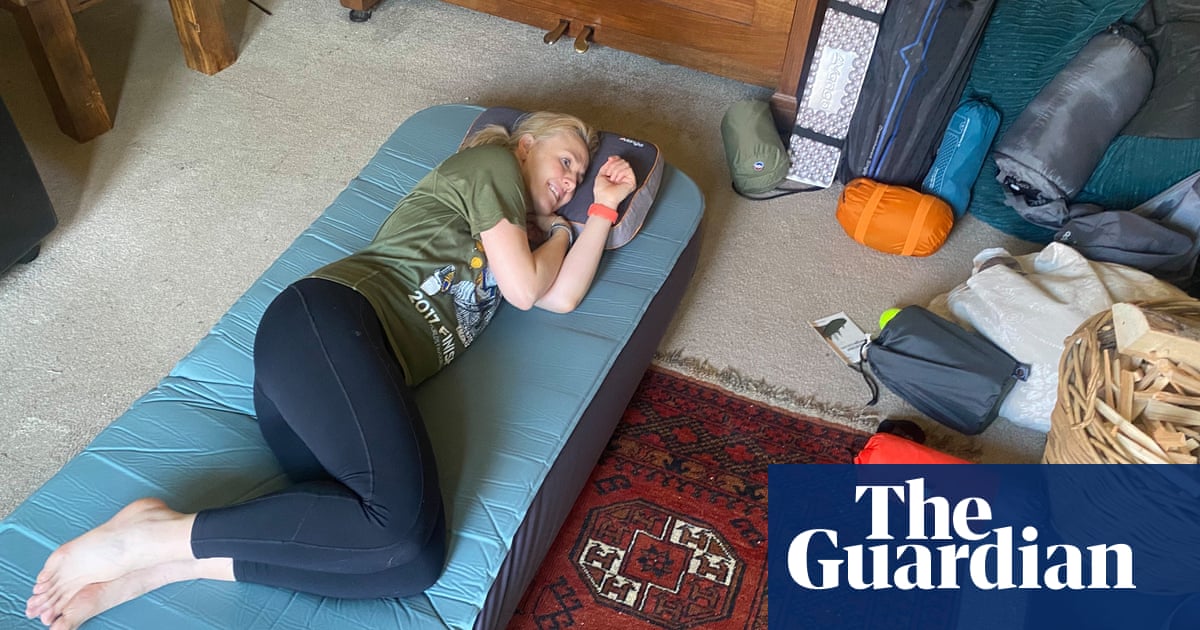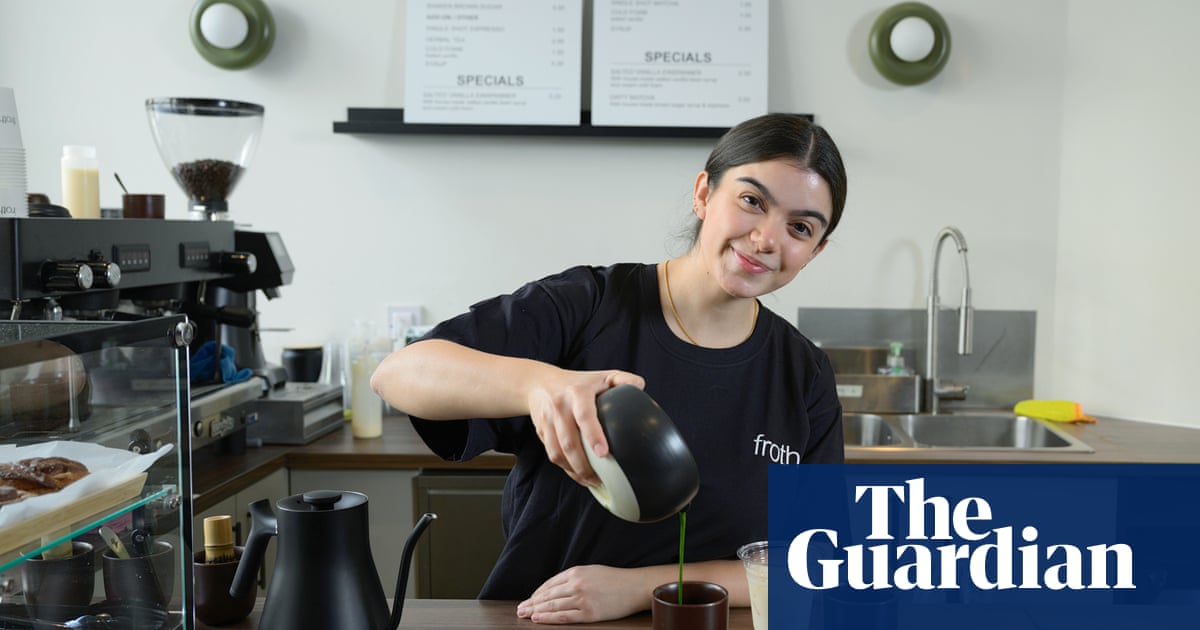‘You know, 528Hz is supposed to be the love frequency,” says artist Evan Ifekoya, striking a metal wah-wah pipe tuned to exactly that pitch, a fraction above the C, one octave higher than middle C. “It’s supposed to be able to transform the body on a cellular level. And, OK, how can you really prove that?” they smile. “But I can say, at least for myself, it has opened up a new level of awareness and self-compassion over the years.”
We know music is powerful: we turn to songs to feel comforted, to boost our energy, to appreciate beauty and so much more. But what about the frequencies; the actual soundwaves vibrating the air, our eardrums and our bodies – how do they affect us? From promoting deep relaxation to the use of noise as a weapon, there is a wide range of claims, and evidence, for the impact of sound. It moves us emotionally and literally, a theme that’s explored in a new exhibition at the Barbican in London called Feel the Sound. “The idea that the world is made up of vibrations and frequencies is something we don’t necessarily think about a lot of the time,” says Luke Kemp, head of creative programming at Barbican Immersive. “The big idea is how sound is more than an audio experience. We can think of our whole body as a listening device,” he says.
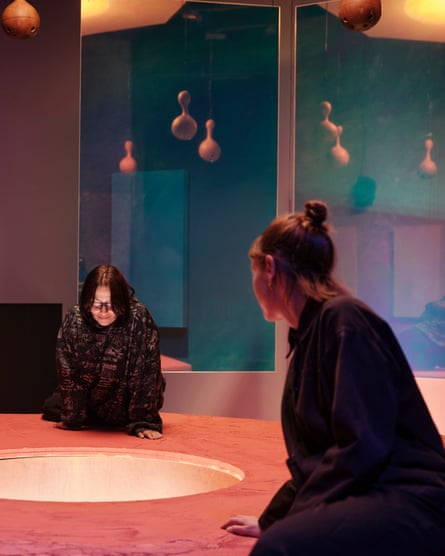
Take Jan St Werner’s Vibraceptional Plate installation, which visitors can stand on and then explore the resonance of their own body, and a film by deaf percussionist Dame Evelyn Glennie discussing the rhythms inside us and how she experiences sound. There’s a holographic choral experience, a playground of multisensory musical instruments, and for the finale, an installation in the Barbican’s car park featuring souped-up cars with big sound systems; part sculpture, part dancefloor.
Ifekoya’s piece, called Resonant Frequencies, is an immersive soundscape using frequencies believed to be healing. Visitors will be able to sit or lie on a vibrating stage to hear and feel the sound, as well as see its effect on a pool of water at the centre of the room. As we chat, Ifekoya tells me about other supposedly powerful frequencies, such as 174Hz (roughly the F below middle C). “This one reportedly works with the internal system, the organs, to regenerate and repair.” They show me a frequency board (a special type of circuit board) emitting an inaudible 7.83Hz, one of the frequencies produced by electromagnetic waves in the Earth’s lower ionosphere. “This is the frequency my home is grounded at,” says Ifekoya. Has it had a positive effect? “My plants are thriving,” they laugh.
Anyone who has found themselves next to the bass bins in a club will know the physical power of sound is real. “You feel the low frequencies hitting and vibrating your body,” says electronic musician (with a PhD in computational biology) Max Cooper, who has plenty of experience seeing the visible effect of his music on crowds of clubbers when he plays around the world. In the piece Cooper has made for Feel the Sound, called Reflections of Being, visitors can get some of that subwoofer experience, “the full body massage” as he puts it, without fear of hurting their ears, via tactile benches in the installation space which make no sound but shake instead. “I’m a big fan of tactile sound,” Cooper says, pointing to a tactile transducer – or bass shaker – fixed to the back of his studio chair, which allows him to feel low-frequency vibrations. “I do a lot of low frequency harmonies and when you play on a big sound system in a big venue, you feel that transfer directly into your body.”
Cooper started the project by asking the public how they were feeling – the question was: “What do you want to express that you feel you can’t in every day life” – and then created music in response. The replies he got were “beautiful, scary, intense, funny,” he says, and had a powerful effect on him. He felt a responsibility to do justice to the people who’d trusted him with their honesty. “Because, you know, it’s fine to talk about tactile benches, but ultimately it’s the emotion that we can communicate that’s important.”
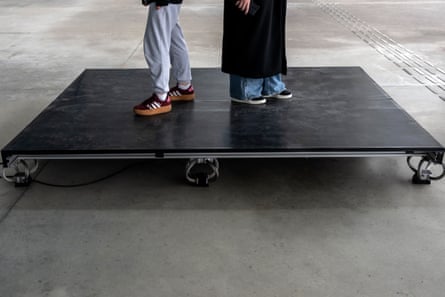
That intersection of science with sensation and emotions is exactly where multidisciplinary designer Robyn Landau works, translating academic insight from neuroscience into creative projects, often aimed at improving wellbeing. For the installation Your Inner Symphony, her company Kinda Studios has collaborated with designer Alex Jenkins from Nexus Studios to make the invisible inner workings of our bodies tangible. Visitors will go to a “sensing station” and put their hand on a sensor to measure heart rate, heart rate variability and galvanic skin response (ie how much you’re sweating). Then, once they’ve moved through the exhibition, they’ll be able to test themselves again to see what’s changed and their readings will be translated into images and sound.
It’s based on the idea that “emotions live as physiological sensations inside of our bodies”, says Landau. “And these physiological changes are what shape our feelings.” It’s very well documented, she says, that sound frequencies interact with our brainwaves, but researchers are now learning how frequencies interact with the way the body maps emotional responses. One study showed that we sense different emotions in specific parts of our bodies, and there is lots of research on entrainment – the way humans naturally sync up with rhythms in music, such as when our heart rates match a musical beat, or when we automatically tap our feet to one.

The science on specific frequencies such as 528Hz is less established, Landau says. “There is some evidence,” she says tentatively. “Not all of it is clinically proven. But just because it’s not proven doesn’t always mean it’s not true. Sometimes we don’t have the tools to be able to measure it properly.” Most current research in that field is focused on largely inaudible, low frequency sound. “This is where we feel stimulated from inside,” says Landau. “There’s lots of research to show that these low frequency vibrations can effectively make people more tolerant to pain.” She likens it to a cat’s purr when it’s relaxed. (Cats also sometimes purr when they’re stressed to self-soothe – humans might try humming for the same effect.)
There is a lot more to learn, but it’s clear that our brains and bodies are constantly responding to the soundworld around us, whether we’re aware of it or not. Sound “drives a cascade of bodily sensations that shape the visceral feeling of being emotionally moved”, says Landau. “I hope that people can come away from the exhibition with a sense of awe about their own body,” she adds, “and how magical a place it really is.”

.png) 3 months ago
47
3 months ago
47



